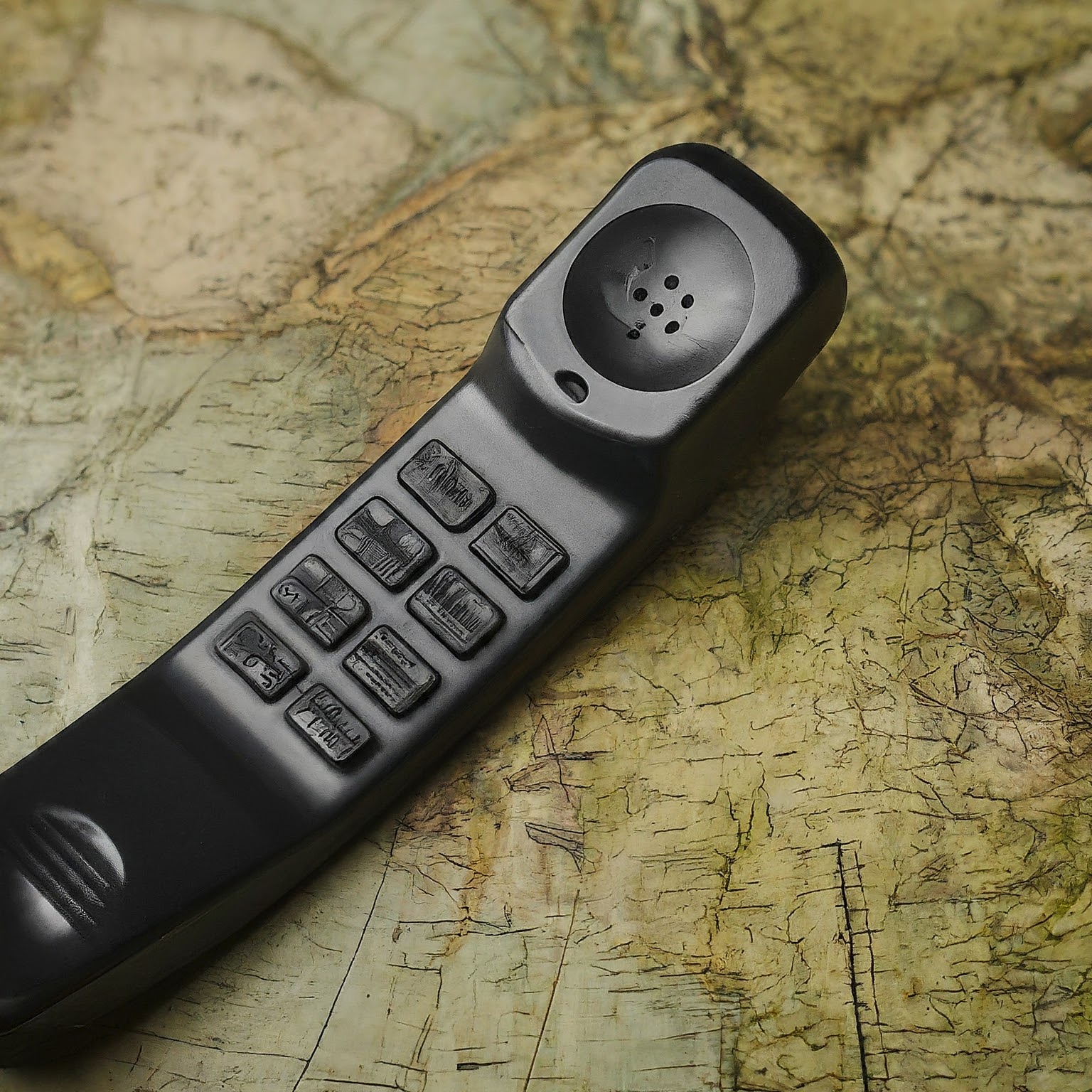In our increasingly interconnected world, the ability to communicate across borders has become essential. A fundamental component of international calling is the telephone country code. This unique identifier allows us to connect with individuals and businesses worldwide. In this comprehensive guide, we will delve into the intricacies of telephone country codes, exploring their history, structure, and significance in modern telecommunications.

What is a Telephone Country Code?
A telephone country code is a numerical prefix used to identify a specific country when making international calls. It is typically one to three digits long and precedes the national subscriber number. For instance, the United States has the country code +1, while the United Kingdom’s code is +44.
The Evolution of Telephone Country Codes
The concept of telephone country codes emerged as international telephony expanded. In the early days of telecommunications, calls between countries were complex and often required manual operator assistance. To streamline the process, the International Telecommunication Union (ITU) introduced a standardized system of country codes.
Initially, country codes were assigned based on geographical regions. However, as technology advanced and more countries joined the global telecommunications network, the allocation of codes became more complex. Today, country codes are assigned based on a combination of factors, including population, geographical location, and historical usage.
Structure of a Telephone Number
To understand the role of the telephone country code better, it’s essential to grasp the structure of a complete telephone number. A typical international telephone number consists of the following components:
- International Dialing Prefix (IDP): This is the sequence of digits used to initiate an international call. It varies by country but is commonly 00 or +.
- Telephone Country Code: Identifies the country being called.
- National Subscriber Number (NSN): The number assigned to a specific subscriber within the country. This typically includes area codes, city codes, and the actual phone number.
For example, to call a number in the United States from the United Kingdom, you would dial 00 (IDP) + 1 (country code) + area code + local number.
Importance of Telephone Country Codes
Telephone country codes serve several critical functions in modern telecommunications:
- Efficient Routing: Country codes enable automatic routing of international calls to the correct destination.
- Standardization: By using a standardized system, countries can interconnect their telephone networks seamlessly.
- Emergency Services: Emergency services worldwide rely on country codes to quickly identify the location of callers in distress.
- International Business: Businesses operating in multiple countries use country codes to facilitate communication with customers and partners.
Challenges and Future Developments
While telephone country codes have been instrumental in global communication, they also present some challenges. As the number of mobile devices and internet-based communication services grows, the traditional telephone numbering plan faces increasing pressure.
One emerging trend is the use of non-geographic number ranges (NGN) to accommodate the growing demand for phone numbers. These numbers are not tied to a specific geographical location, offering greater flexibility and efficiency. Additionally, the development of Voice over Internet Protocol (VoIP) technology has introduced new possibilities for international calling, potentially leading to changes in the way country codes are used.

Conclusion
The telephone country code is a cornerstone of international telecommunications. It has enabled seamless communication across borders, facilitating business, trade, and personal connections worldwide. As technology continues to evolve, the role of country codes may change, but their fundamental importance in connecting people will likely endure.